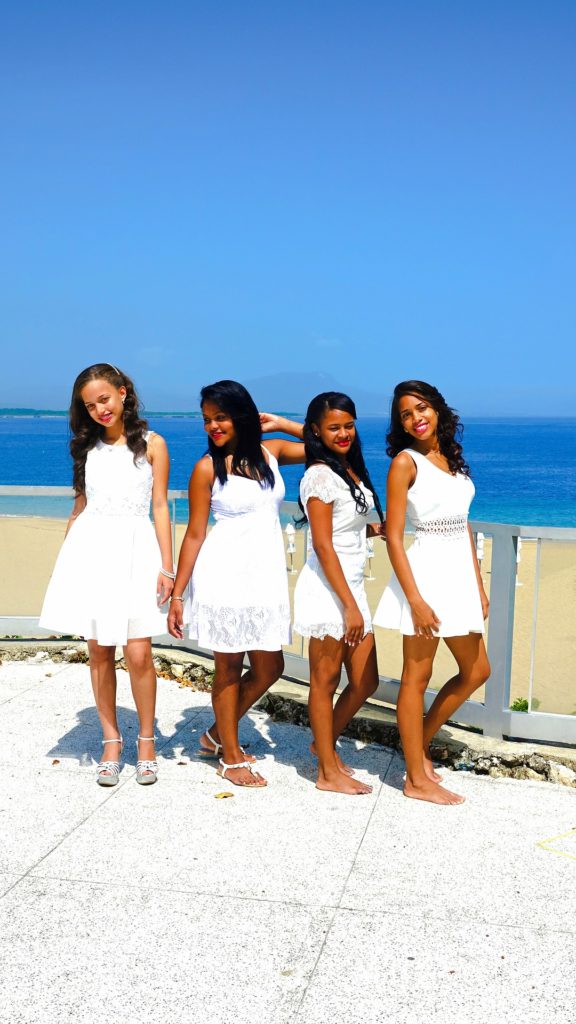Black Love: A Family Affair

My grandfather died when I was in middle school. As with all funerals, there are a multitude of family members I’d never met or barely talked to. But hearing about one woman caught me completely by surprise: my mother’s half-sister.
My grandparents on my mother’s side had six children, and I knew them all well (they lived in Gastonia and surrounding towns). I had met their spouses, played with their children, and attended weddings and funerals with them. They’d never mentioned a seventh child, the daughter of my grandfather. My grandmother was reluctant to talk about her. My grandfather was dead. My mother doesn’t want me to talk about it online. But she exists, and the fact that she exists highlights an important part of black culture.
We are not monogamous.
If you’ve read Sex at Dawn, you’re aware of the historical underpinnings of marriage and how it is tied to property and birthright. It’s part of the reason polygyny (a man married to multiple women) is still acceptable across the world. As a black American, I don’t feel much connection with the African women in polygamous marriages. I do feel a connection with my great grandmother, who decided, after having five children, that she would have the next two with a different man. Was she a cheater? Most definitely. Did she have any other models of love and relationship other than monogamy and polygamy? Probably not.
During the slave trade, economic interest was stronger than marital bonds. Black families were routinely separated and sold to different owners whether they were married or single. A woman could not expect to stay on the same plantation with her father or her husband. She often could not decide who would be the father of her own children. Naturally, when freedom came, black families tried to create homes and communities that looked like white families’. They joined a culture that had decided monogamy was best, no matter how often the model citizens failed at it. But consistently up until the modern era, black families have looked more like single parent families, extended support systems, and skipped generation rearing.
Modern critics call it “the breakdown of family structures.” I call it the irreparable damage of white supremacy.
Research shows that, despite the fact that black Americans are less likely to be married than white Americans, black Americans still want and have romantic relationships. They just don’t always end with marriage. The stereotypical lower-income black mother with multiple “baby daddies” has a kernel of truth–black culture, in general, is accepting of serial monogamy and blended families. It’s acceptable to end a relationship when it no longer meets our needs, and it’s just as acceptable to ask that the ex participate in co-parenting along with or instead of a new partner.
Compared to the cultural standard, our way of doing relationships looks dysfunctional and unhealthy. Often times it is dysfunctional and unhealthy, but sometimes it works. Polyamory, a word invented in 1991, is about openness and honesty around our wants and needs. In polyamory, it’s normal to decide whether to live together or not, who participates in co-parenting, and who contributes financially. Black culture does not have to make a giant leap into polyamory–it just has to bring our current practices to the light. Not everyone is built for non-monogamy, and there is still work to be done around removing religion-based shame. At the end of the day, people will be healthier by having more options with which to live authentic lives.





